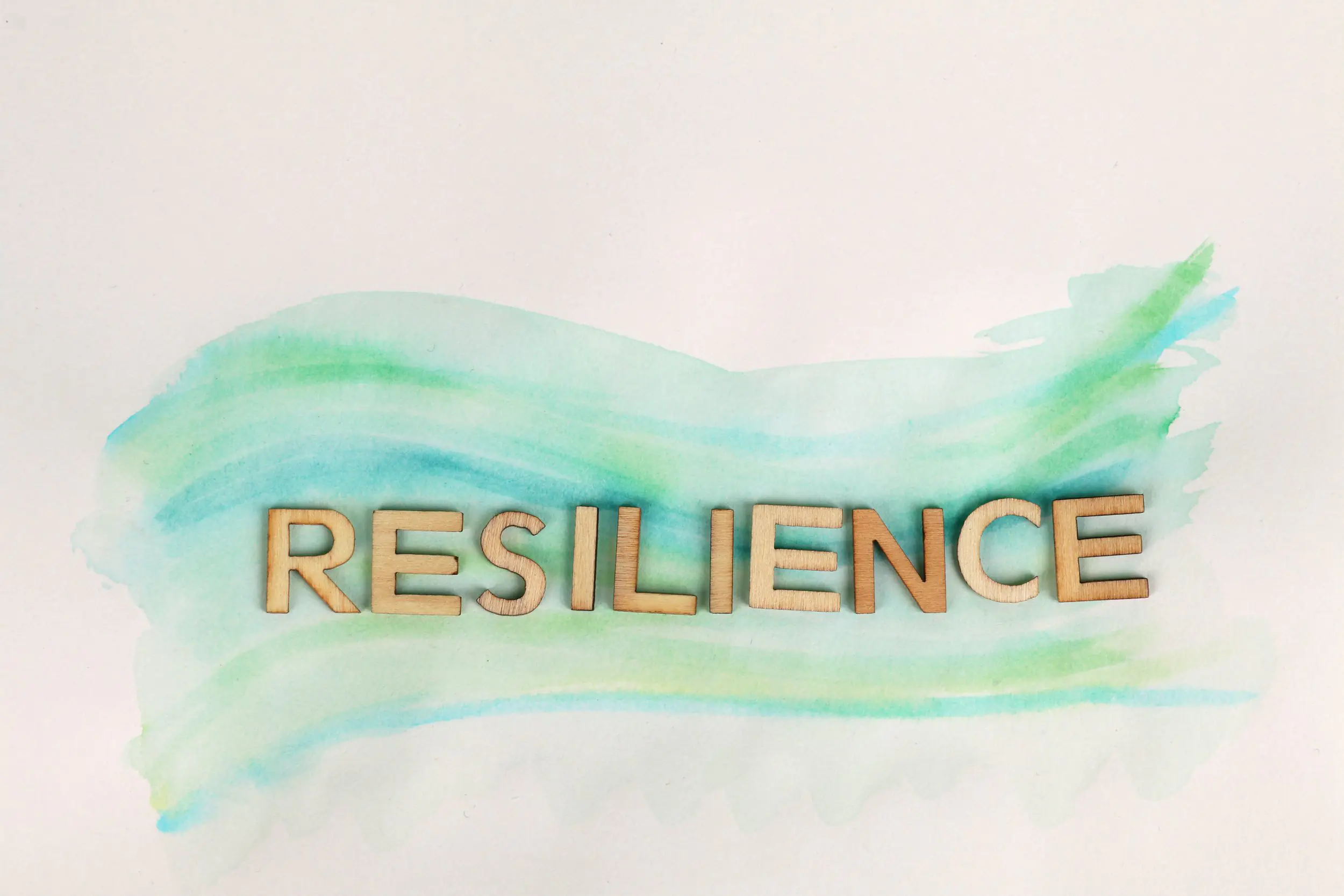
S&R News
Resiliency Drives Comeback: 2022 Predictions for Senior Housing
The senior housing industry has been on a roller coaster ride since the pandemic, but hopes are high going into 2022. Many facilities closed their doors last year - either to regroup and reopen or to make way for new ownership. Now, we are seeing a newly inspired senior housing market as operators continue to look forward, rather than back.
Top Trends Impacting Senior Housing
We don’t know exactly what the next year will hold for the senior housing industry, but there are a few important fourth-quarter trends shaping the market:
-
Occupancy rates are up - In the third quarter, the National Investment Center for Seniors Housing & Care (NIC) reports occupancy rates increased to 80.1%, which is 1.4% higher than the pandemic low.
-
The rise of active adult communities - With active adult communities one of the biggest trends to come out of 2021, it’s no wonder operators are looking to embrace the model. This could help reduce operating costs and open the door for exciting investment opportunities.
-
Technology will be a big player - We’ve talked a lot about the impact technology has had on the senior living industry the last two years, and that conversation isn’t slowing down anytime soon.
There are numerous benefits to leveraging technology in the senior living landscape, from improved connectivity and social engagement to fall prevention and real-time telehealth solutions.
-
Investors back in the market - In our most recent blog we talked about the fact that many potential senior housing investors took a stop back during the pandemic; and now they’re ready to get back into the market. This is welcome news that couldn’t come at a better time - for buyers, sellers, and investors.
-
Construction lending increased - In addition to high inventory and serious inventors, experts predict new developments will get a boost thanks to changes to the construction lending process. A recent article by Senior Housing News reports “banks are once again (cautiously) opening their spigots” because “lenders (are) becoming a bit more comfortable in development activity.”
-
Low-interest rates - Interest rates remain low, motivating lender, development, and investment opportunities.
-
Labor challenges persist - Like most other industries, senior living is no stranger to labor woes. There are still a lot of unknowns as to how the industry will address the labor shortage and fill the gap left by workers, and what happens will depend on a host of factors.
Flexibility, resiliency, and a willingness to adapt are top of mind as 2021 comes to a close and senior housing providers look ahead. While the pandemic continues to leave a mark and keep providers on their toes, optimism is high. As occupancy rates rise and more providers implement tech-backed solutions to improve the lives of residents and the care they receive, it’s an exciting time in senior living.
Considering buying or selling a property? Reach out to the senior housing experts at Sherman & Roylance and let us help you. We are happy to answer any questions you may have to help ensure you have all the information you need to make an investment or informed decision about buying or selling a senior care facility.